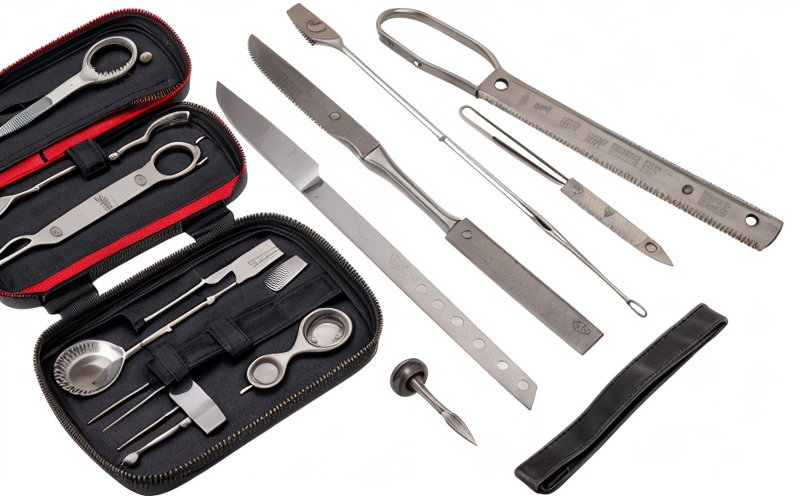Heat Generation Testing of Powered Surgical Tools
The heat generation testing of powered surgical tools is a critical aspect of ensuring patient safety and product efficacy. This process involves evaluating how much heat is generated by the tool during its intended use, particularly when it comes into contact with biological tissues.
This type of testing ensures that the tool does not generate excessive heat that could cause tissue damage or complications such as burns. The European Union (EU) has stringent regulations regarding medical devices to protect patient safety and efficacy. Compliance with these standards is mandatory for any manufacturer selling products within EU markets.
Heat generation testing typically follows ISO 13485, which provides a framework for quality management systems used by organizations involved in the design and development of medical devices. This standard ensures that the organization consistently produces goods and services that meet customer requirements and applicable regulations.
The testing procedure involves simulating real-world surgical conditions using specific test specimens designed to mimic human tissues. The powered surgical tool is operated under controlled conditions, and the temperature rise at various points along its surface or in contact with the simulated tissue is measured and recorded. This data helps determine if the heat generation falls within acceptable limits set by regulatory bodies.
Accurate measurement requires specialized equipment capable of capturing precise thermal data during operation. Commonly used devices include infrared thermometers, calorimeters, and temperature sensors integrated into the test setup. These tools allow for continuous monitoring throughout the procedure to ensure accuracy and consistency in results.
In addition to measuring maximum temperatures reached by the tool, another important factor is the rate at which heat dissipates from the surface once the power source has been turned off. A rapid increase followed by quick cooling may indicate inefficiencies or potential risks associated with prolonged exposure to high temperatures during actual use.
The results of this testing are crucial for both regulatory compliance and product improvement purposes. By identifying areas where excessive heat is generated, manufacturers can make necessary adjustments to design or manufacturing processes to reduce risk while maintaining effectiveness.
- Improved Patient Safety: Ensures that surgical tools do not inadvertently cause harm due to overheating.
- Enhanced Product Quality: Identifies potential issues early in the development cycle, allowing for corrective action before mass production begins.
Understanding these factors is essential when specifying requirements and selecting appropriate tests for powered surgical tools. Properly conducted heat generation testing helps maintain high standards of quality assurance within the medical device industry.





